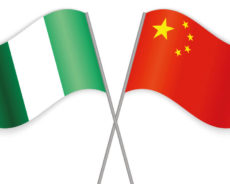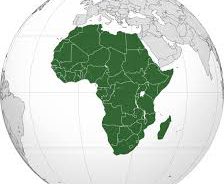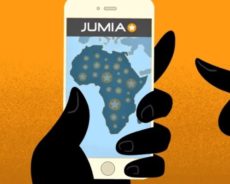 BlackBerry announced Wednesday it would halt in-house production of smartphones, marking the end of an era for the once-dominant Canadian tech firm.
BlackBerry announced Wednesday it would halt in-house production of smartphones, marking the end of an era for the once-dominant Canadian tech firm.
Ontario-based BlackBerry said it had reached a deal to outsource production of its phones to an Indonesian partner, and would instead concentrate on software and services.
BlackBerry-9720 Handsets with the BlackBerry name will be produced under license by PT Tiphone Mobile Indonesia Tbk, a statement by the firms said.
BlackBerry, which a decade ago was among the world’s largest smartphone makers, has seen its global market share slip to less than one percent as Apple and Android devices have dominated.
As the market shifted, BlackBerry has sought to refocus on software, including security applications, and the latest announcement takes the company out of the handset market entirely.
“We are reaching an inflection point with our strategy. Our financial foundation is strong, and our pivot to software is taking hold,” said chief executive John Chen, pointing to a doubling of software revenue in the last fiscal year.
“The company plans to end all internal hardware development and will outsource that function to partners. This allows us to reduce capital requirements and enhance return on invested capital.”
The Waterloo, Ontario-based company has made several efforts in recent years to find new customer niches as its smartphone handset sales continued to stagnate in the face of competition.
It had hoped its first Android-operating smartphone launched last year would help restore the company to its former glory. But sales were lackluster.
Earlier this year, BlackBerry announced it was killing off its Classic smartphone with a physical keyboard — once the workhorse of the smartphone market — as part of a modernization of its lineup.
But the company has continued to bleed red, posting on Wednesday a US$372 million loss in its second quarter ending August 31. Revenues also fell to US$334 million, from US$490 million during the same period last year.








